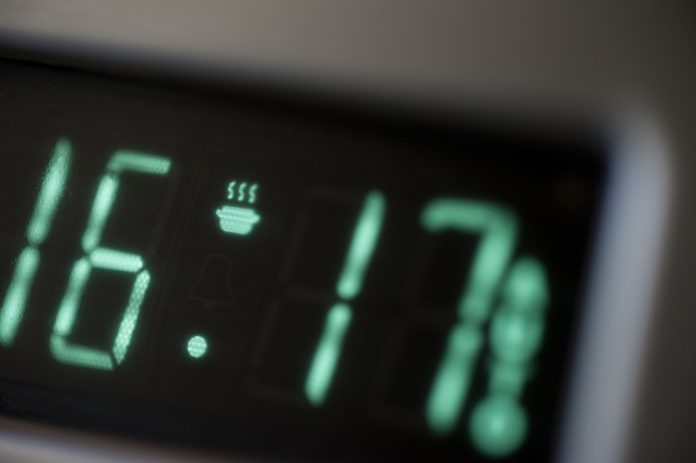Evropska mreža operaterjev prenosnih sistemov električne energije (ENTSOE) je pred tremi dnevi izdala sporočilo za javnost, v katerem je pojasnila razloge, da omrežje od sredine januarja ne deluje pri običajnih 50Hz, pač pa v povprečju le pri 49.996 Hz. Ure, ki se za merjenje časa zanašajo na frekvenco električnega omrežja (recimo ure na pečicah) tako sedaj zamujajo za okoli 6 minut.
Razlog za odstopanje v frekvenci omrežja je spor med Kosovom in Srbijo, ki so ga sedaj rešili. Ni pa sicer še jasno, kdo bo plačal za proizvodnjo manjkajočih 113GWh električne energije. Iz poročanja BBC:
During the crisis period, Kosovo did not generate enough electricity to meet its needs.
According to Entsoe, Serbia is legally obliged to meet Kosovo’s demand to keep the European grid stable.
But because Kosovo and Serbia are in dispute over the issue – and many more related to Kosovo’s unilateral secession from Serbia 10 years ago – Serbia did not step in.
In iz poročanja NPR:
Kosovo is majority Albanian. But in northern Kosovo, it’s actually majority Serb. And so in these four municipalities in northern Kosovo, they’ve been using electricity, but they haven’t actually been paying the Kosovo government for this. Things kind of came to a head in December when Kosovo said it would stop paying for these municipalities’ electricity. And shortly thereafter, the clocks in Europe actually started deviating from their normal time.
Ter še enostavno pojasnilo, zakaj premajhna vhodna moč na turbinah v elektrarnah pomeni nižjo frekvenco nihanja omrežja na physics.stackexchange
It’s like how turning the crank of a hand generator gets harder when the resistance across the contacts is increased, so the increase of load on the power grid literally makes it harder to turn the alternator’s axle, which–unless countered by an increase in power–leads to the rotor slowing down, and therefore the frequency.

















